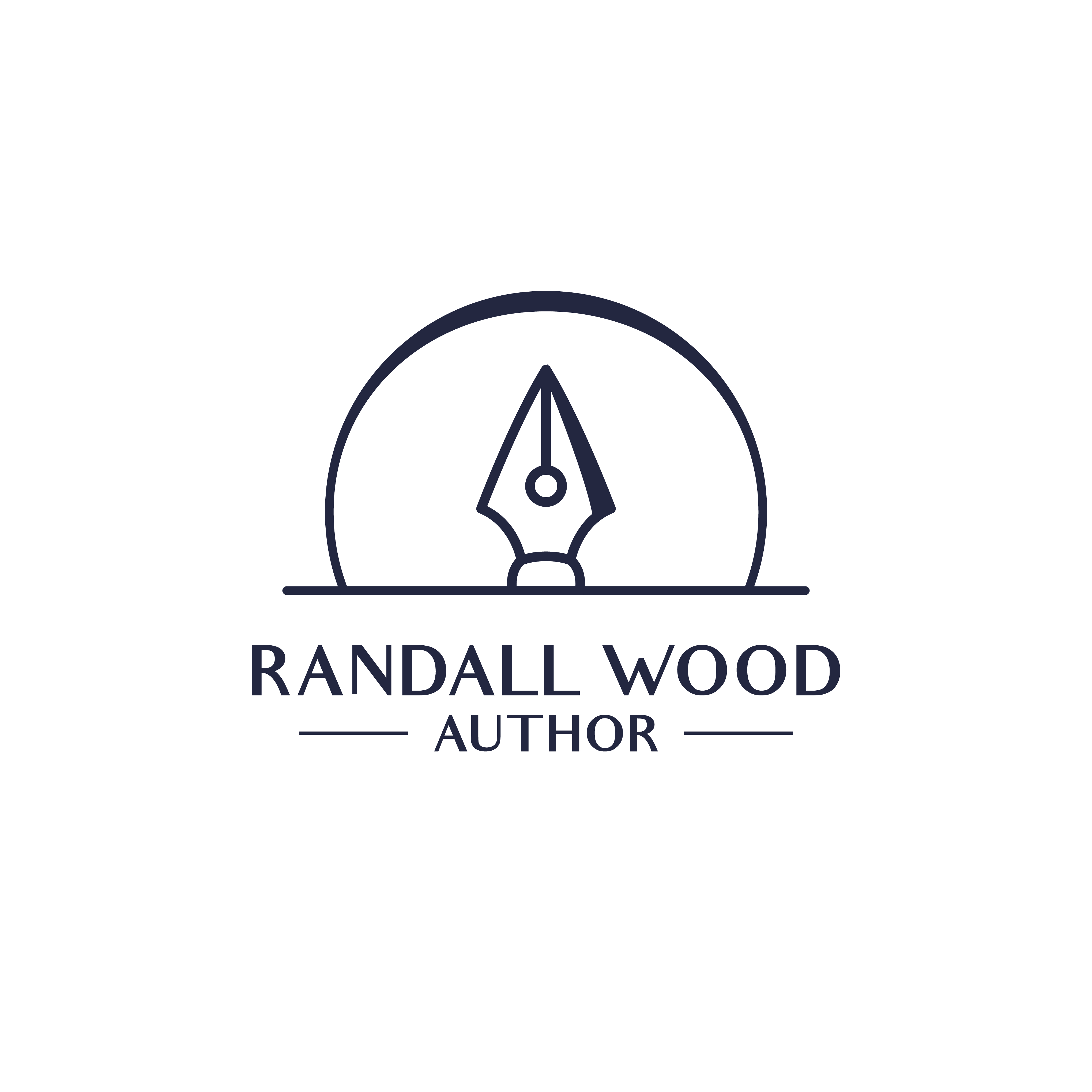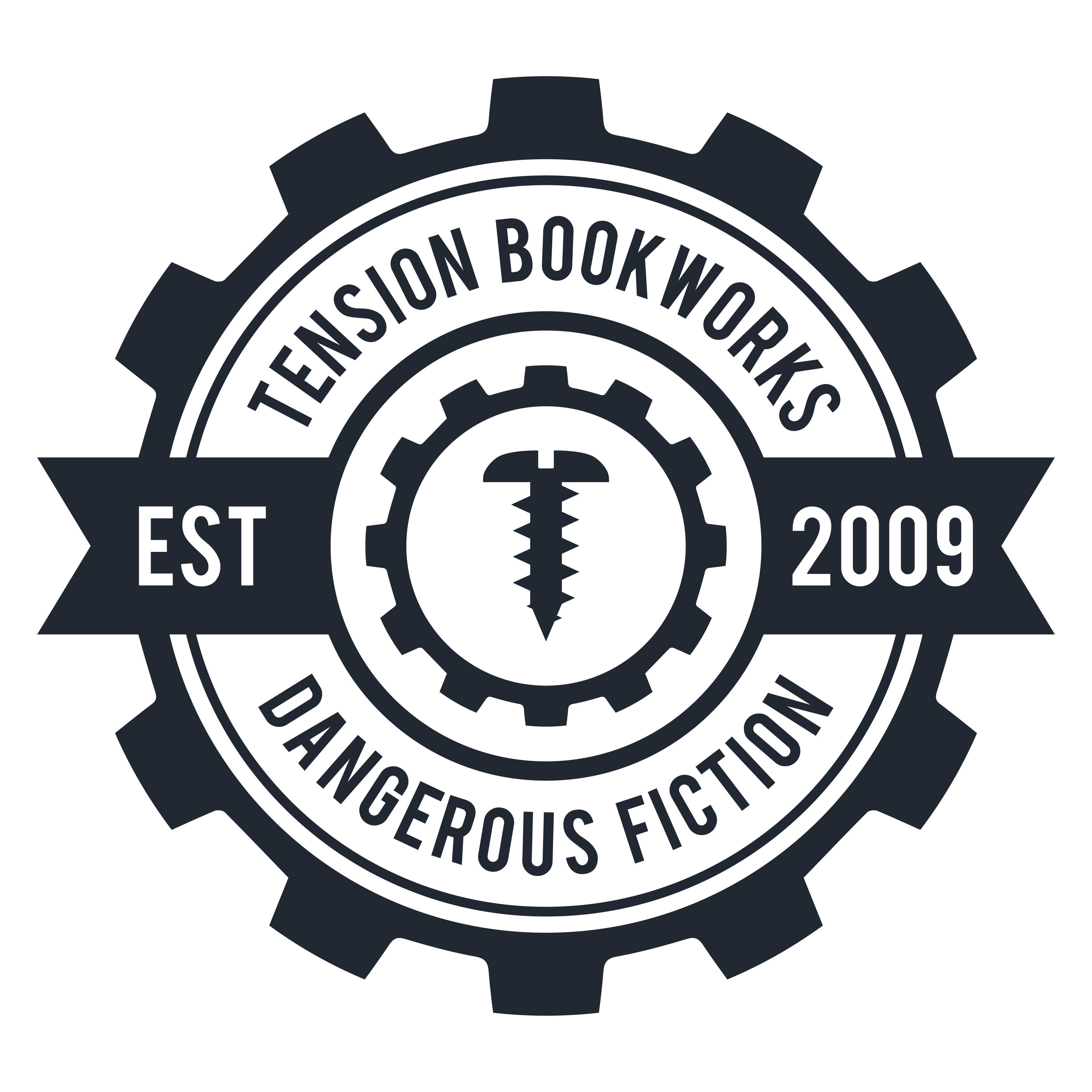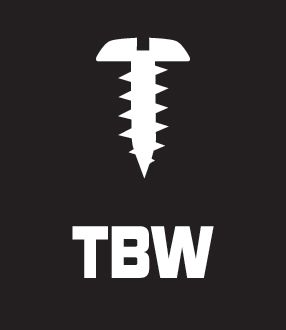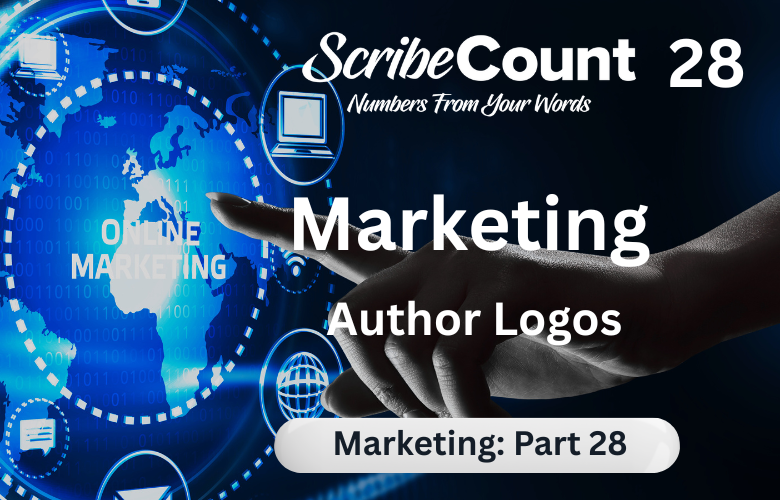Author Logos for Indie Writers: Building a Visual Brand Identity
An author logo is more than a stylized monogram or book-themed graphic—it’s a visual signature representing your brand across formats and platforms. It differs from a book cover; a logo should be versatile, memorable, and timeless. Whether displayed at the foot of your website, on promotional banners, or watermarked over social posts, your logo becomes a shorthand for your writing style and professionalism.
What Makes a Strong Logo?
A great author logo must balance simplicity and recognition. It should remain clear when sized as small as a social media avatar yet retain impact on full-scale banners. Effective designs often feature clean lines, a limited color palette, and typography that suits the author’s genre. Whether you write gritty thrillers under your real name or lighthearted romance under a pseudonym, your logo should reflect that tone visually. It becomes the foundation of your visual identity.
Multiple Logos for Multiple Brands
Some indie authors operate under different identities—for example, publishing thrillers as Randall Wood and self-publishing a cookbook under a different imprint. In such cases, you’ll need more than one logo: a core author logo and a logo for each publishing brand or imprint. Randall Wood uses his signature-style logo for personal branding, while ScribeCount, his publishing/analytics service, carries its own clean, data-inspired logo. Similar distinctions help readers and retailers recognize your professional scope.
Trademark and Brand Protection
One often overlooked aspect of logos is trademark. A distinctive logo can—and should—be trademarked if you intend to use it as a core brand asset. Trademarking prevents other authors or entities from creating confusingly similar logos in the same market. They also protect you in case someone tries to use your visual brand for competitive purposes. Investigating the local trademark process—such as through the US Patent & Trademark Office—can save you legal headaches later, especially if your logo sees merchandise or licensing use.
Where to Use Your Logo
Once you have your logo, consistent placement builds recognition and credibility. Here’s where it matters most:
On your Author Page header and social media avatars, your logo
becomes your public persona.
On book mockups and covers, especially if you have multiple titles, your
logo becomes part of your series branding.
On merchandise, like bookmarks, tote bags, author swag, or ebook promo
images, your logo signifies authenticity and ownership.
On email signatures, it makes your newsletters look polished and
professional.
Translated into print materials, your logo signals professionalism when
appearing at events, book fairs, or conventions.
Randall Wood, for instance, places his signature logo on the footer of his website, all ebooks, and slides for events—creating a seamless visual link across channels.
Building Merchandise Opportunities
Beyond ebooks, logos empower physical products. Imagine a sleek metal bookmark embossed with your author logo, or enamel pins that fans collect alongside a signed book. Even digital-only authors can create visual swag—like smartphone wallpaper freebies—using the logo as a central design anchor. Merchandise builds brand loyalty while offering physical or digital reminders of your work.
Working with a Professional Signature
Many authors use their handwritten signature as a logo—think Stephen King-style authenticity. A signature logo backed by a clean graphic version ensures versatility. Randall Wood combines a stylized “R” signature with a clean sans-serif type treatment of his name. Use a professional signature file in high resolution so your logo looks crisp whether on digital mockups or business cards.
Logo Creation Services
Even if you lack design skills, professional logo services can help:
- Fiverr and Upwork provide freelance designers who specialize in author logos.
- 99designs offers contests where multiple designers submit concepts, allowing you to pick your favorite.
- Tailor Brands and Looka provide AI-driven logo generators, offering quick and affordable brand assets.
- Canva supports custom logo creation with intuitive drag-and-drop interfaces and hundreds of templates.
Each option varies in quality and cost. Fiverr might deliver multiple concepts for $50–$150, whereas 99designs contests may run $300+. Canva and AI tools allow cheaper DIY options, but may need refinement by a designer.
Examples:
I'll use myself. I have a logo for my author website:

And another for my publishing company:

And still others for my books and marketing materials:


The stylized font I chose works for branding and I pair that with a simple “AUTHOR” designation in clean block letters. This is a minimalist logo and features a neutral palette to signal works of fiction. If I were writing non-fiction I would have gone with a more business-oriented theme as I did with the publishing company logo. That logo tells you everything you need to know about my company in one simple image. As a result, the visuals reinforce both author identity and professional service brand—without confusing readers.
Leveraging Your Logo in Branding
Once created, your logo must live everywhere:
- Your website header and favicon keep the logo front and center.
- Author banners on social platforms (Facebook, Instagram, Twitter,
LinkedIn) should carry coordinated logo styles.
- On book cover mockups and preorder graphics, the logo grounds your
design in authorship.
- Giveaway banners, media kits, and press releases all benefit from
professional logo integration.
- For prints or swag, ensure your logo is vector-based so it scales cleanly across formats.
Over time, readers learn to associate visual consistency with reliability. Even a quick glance at your logo should say: “This is the author of that book I trusted.”

Conclusion: Why Logos Matter
A well-designed logo isn’t optional; it’s foundational. For indie authors, it’s the keystone of visual branding—on screen or in print, digital or physical. It fosters recognition, trust, and legitimacy. It protects your intellectual property and opens merchandise possibilities. Whether you design it yourself or hire a pro, investing in an author logo pays dividends in brand cohesion and reader impact.

